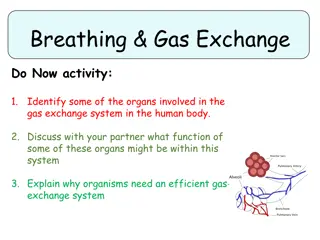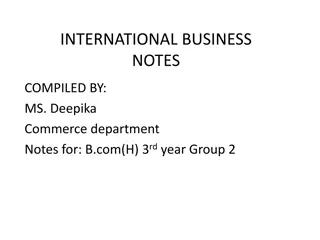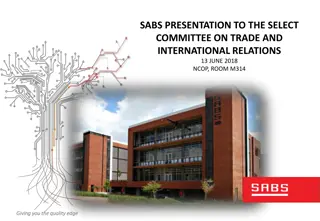Global South Exchange
Debates on the just energy transition in South Africa started nearly a decade ago, involving trade unions, social justice researchers, and activists. Explore the role of labor movements, trade unions, and community engagement in achieving a sustainable and equitable transition towards a low-carbon economy. Discover the critical appraisal of the JET-IP, COP conferences, and frameworks for action in COP 29, focusing on enhancing ambition and enabling action to combat climate change.
Download Presentation

Please find below an Image/Link to download the presentation.
The content on the website is provided AS IS for your information and personal use only. It may not be sold, licensed, or shared on other websites without obtaining consent from the author.If you encounter any issues during the download, it is possible that the publisher has removed the file from their server.
You are allowed to download the files provided on this website for personal or commercial use, subject to the condition that they are used lawfully. All files are the property of their respective owners.
The content on the website is provided AS IS for your information and personal use only. It may not be sold, licensed, or shared on other websites without obtaining consent from the author.
E N D
Presentation Transcript
Introduction Introduction Debates about the just energy transition in South Africa began almost a decade ago, among trade unions, social justice researchers and activists. One of the earliest iterations of a just transition came from the Congress of South African Trade Unions (Cosatu) in 2009 and 2011, where it is envisioned as a transition to a low carbon economy while mitigating transition impacts on working-class groups, including workers, communities, and small businesses. Cosatu s position was similar to that of the labour movement in North America in the late 1970s, where a dual prioritisation of the environment and workers spearheaded as a policy imperative . Getting Trade unions on an equal footing
Trade Union Global Trade Union Global South Exchange South Exchange COP 27 and the global south exchange hosted by COSATU JETP and their extension to Indonesia, India and Senegal The role of labour in the development of the JETP Labour as a vehicle for the mobilization of a mass movement for the Just Transition
PCC Critical Appraisal PCC Critical Appraisal of the JET IP of the JET IP Provide a commitment to ongoing stakeholder, worker and community engagement in the process of implementing the JET-IP. Clarify the scope and limitations of the JET-IP, and how it fits within the implementation of the broader just transition. Develop detailed project plans and quantify the just transition measures required for the three sectors (electricity, EVs and green hydrogen) which are the focus of the JET-IP. Support projects that enable social ownership and worker participation in the new energy economy Propose mechanisms for the ongoing financing of community projects intended to give effect to distributive and restorative justice
COP 29 Framework for COP 29 Framework for Action Action Fixed Objective: We all have a moral duty to avoid overshooting the 1.5 C temperature target. But the window of opportunity is closing and we must focus on the need to invest today to save tomorrow Enhance ambition and enable action: The COP29 Presidency s plan is based on two mutually reinforcing parallel pillars. The first pillar to enhance ambition combines key elements to ensure all parties commit to ambitious national plans and transparency. The second pillar to enable action reflects the critical role of finance, a key tool to turn ambition into action and reduce emissions Inclusive process for inclusive outcomes: The COP29 Presidency is listening to and engaging with a broad range of international stakeholders
Trade Unions as a strong lobby group























